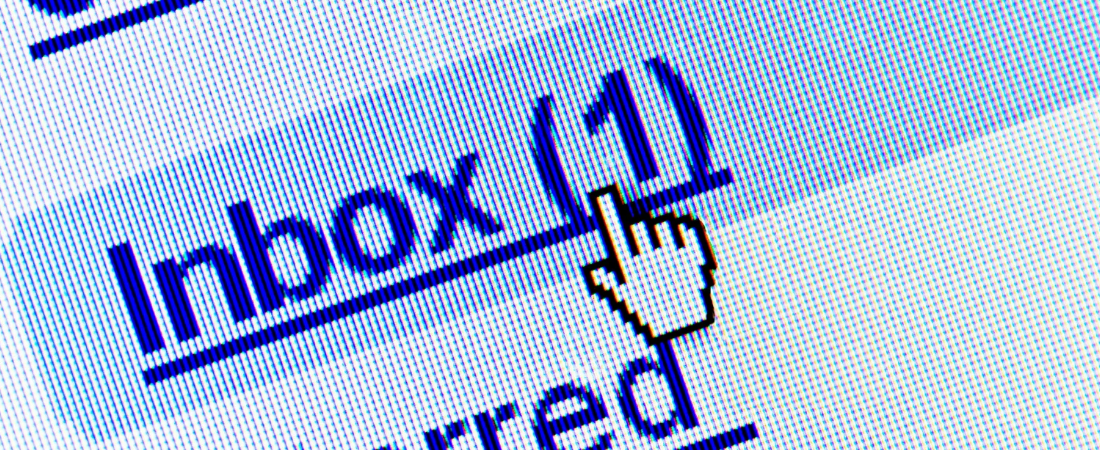It’s 2025, and if your inbox feels less like a productivity tool and more like a digital landfill, you’re not alone. The relentless deluge of emails – newsletters, notifications, promotions, and replies – can quickly become overwhelming, leading to missed important messages, increased stress, and a significant drain on your time. But fear not, reclaiming your inbox is entirely achievable. This isn’t just about a quick tidy-up; it’s about establishing sustainable habits that will keep your digital workspace lean and efficient in the long run.
The first step to inbox zen is a comprehensive, and perhaps ruthless, decluttering session. Start by deleting anything you no longer need: old notifications, expired promotions, or emails you’ve already acted upon. Don’t be afraid to use the “select all” and delete button for swathes of old, irrelevant mail. Next, unsubscribe. This is crucial. Every newsletter or marketing email you didn’t explicitly sign up for, or that no longer serves you, is an unwanted guest in your inbox. Look for the “unsubscribe” link, usually at the very bottom of the email, and click it without hesitation. For persistent spammers, mark them as spam – this helps your email provider learn and filter future unwanted mail.
Once the initial purge is complete, it’s time to implement a system for ongoing management. The “four D’s” are an excellent framework: Delete, Do, Delegate, Defer.
* Delete: If an email is irrelevant, unread, or something you truly don’t need to keep, delete it immediately. Don’t let it linger.
* Do: If an email requires a quick response or action that takes less than two minutes, do it right away. This prevents small tasks from piling up and becoming overwhelming. Think of it as the “two-minute rule” for emails.
* Delegate: If an email requires action from someone else, forward it to the appropriate person and then archive or delete your copy (unless you need to track it).
* Defer: If an email requires more extensive work or a longer response, move it to a dedicated “Action” or “To-Do” folder. Schedule a specific time in your day or week to address these deferred items. This prevents them from cluttering your primary inbox while ensuring they don’t fall through the cracks.
Beyond the four D’s, consider these additional strategies. Create folders or labels for emails you absolutely need to keep, such as “Receipts,” “Projects,” or “Personal.” This makes it easy to find specific information later without scrolling endlessly. Utilise your email client’s rules or filters. These powerful tools can automatically sort incoming mail into designated folders, mark certain emails as read, or even delete spam before it ever reaches your inbox. For instance, you could set up a rule to move all emails from a specific sender directly into a “Reading Material” folder.
Finally, and perhaps most importantly, set boundaries. Resist the urge to check your email constantly throughout the day. Designate specific times for checking and responding to emails – perhaps once in the morning, once after lunch, and once before you finish work. Turn off email notifications on your phone and desktop. Each ping is a distraction pulling you away from focused work.Decluttering your inbox is an ongoing process, not a one-off event. By regularly deleting, unsubscribing, applying the four D’s, and setting healthy boundaries, you can transform your inbox from a source of stress into a streamlined, efficient tool that supports your productivity, rather than hindering it. Your future self (and your blood pressure) will thank you.
